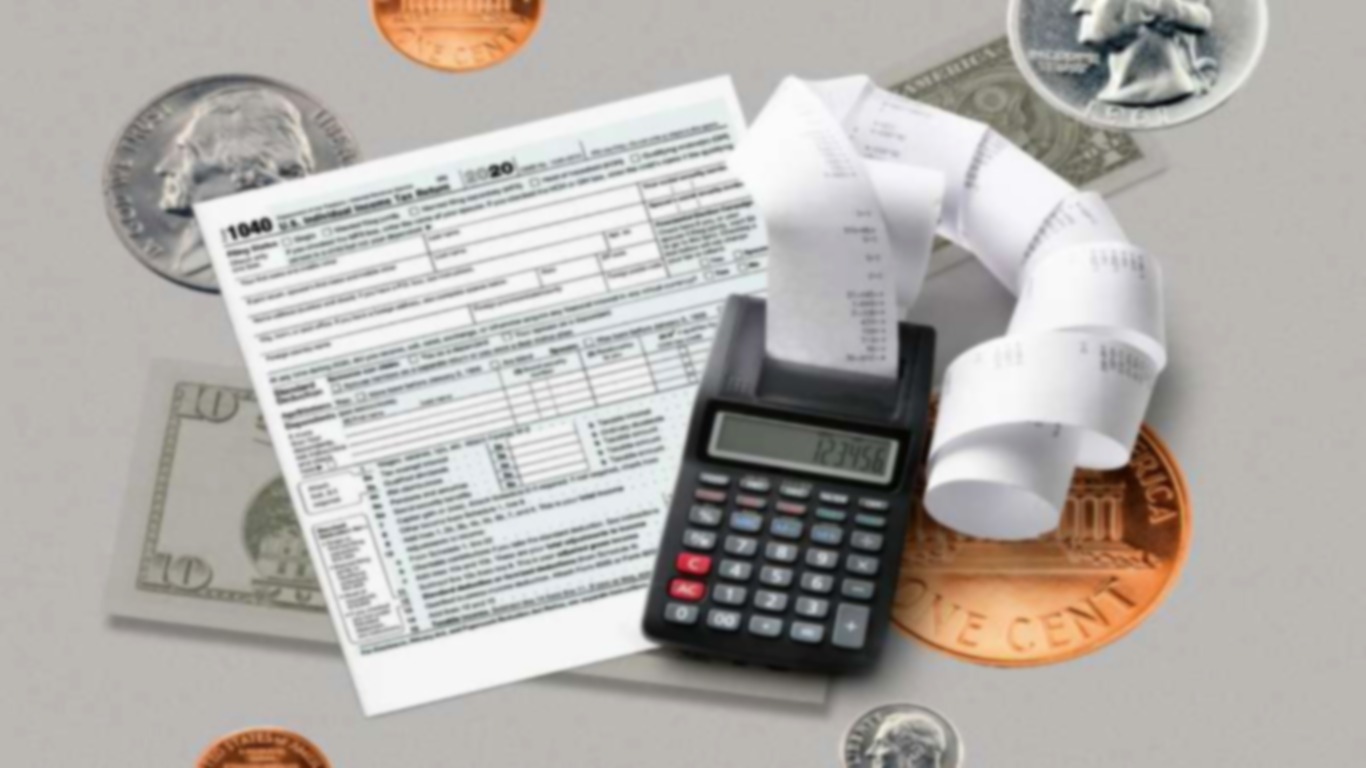Tax relief is a powerful financial tool that can significantly improve your business’s cash flow. It involves various deductions, credits, and exemptions that reduce the amount of taxes a company has to pay to the government. By strategically leveraging tax relief opportunities, businesses can retain more of their earnings, ensuring better liquidity and financial stability. If you want to learn more about state-specific tax relief options for your business, consider visiting https://taxhelpusa.com/state-tax-relief/.
Lowering Taxable Income

One of the primary benefits of tax relief is the reduction of taxable income. By identifying and utilizing eligible deductions, a business can lower its overall taxable income. Common deductions include business expenses, depreciation, and interest payments on loans. For example, if a company’s taxable income is $100,000, and they can claim $20,000 in deductions, their taxable income is effectively reduced to $80,000. This, in turn, lowers the amount of taxes owed.
Maximizing Tax Credits
Tax credits are another form of tax relief that directly reduces the amount of taxes a business owes. Unlike deductions, which lower taxable income, tax credits offer a dollar-for-dollar reduction in the actual tax liability. There are various types of tax credits available to businesses, such as the Research and Development (R&D) tax credit, the Work Opportunity Tax Credit (WOTC), and energy-efficient tax credits. These credits can result in substantial savings and enhance cash flow.
Capitalizing on Exemptions

In addition to deductions and credits, businesses can benefit from tax exemptions. Exemptions exclude certain income or assets from taxation entirely. For example, many states offer tax exemptions on machinery and equipment used in manufacturing, which can significantly reduce a company’s property tax burden. By carefully evaluating and leveraging available exemptions, businesses can free up capital that can be reinvested into the company, leading to improved cash flow.
The Importance of Strategic Planning
Strategic tax planning is essential for making the most of tax relief opportunities. Businesses must proactively analyze their financial situation, explore available deductions and credits, and consider how they can structure their operations to maximize tax benefits. This might involve seeking professional guidance from tax experts or consultants who can provide insights into the ever-changing tax landscape.
Effective tax planning can also help businesses anticipate tax liabilities throughout the year, making it easier to manage cash flow. For instance, by estimating quarterly tax payments accurately, a company can avoid unexpected financial strain and allocate resources more efficiently.
In conclusion, tax relief is a crucial component of managing and improving a business’s cash flow. By reducing taxable income, capitalizing on tax credits, and leveraging exemptions, companies can keep more of their earnings, resulting in enhanced financial stability. Strategic tax planning is key to this process, ensuring that businesses are aware of the opportunities available to them and can take full advantage of these benefits. As tax laws and regulations evolve, staying informed and adapting to changes is critical to continuing to reap the benefits of tax relief and optimizing cash flow for the long-term success of the business.